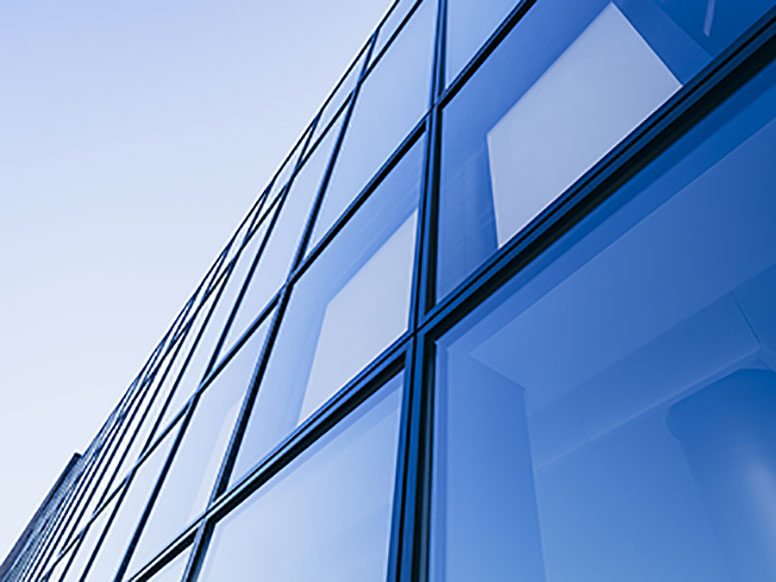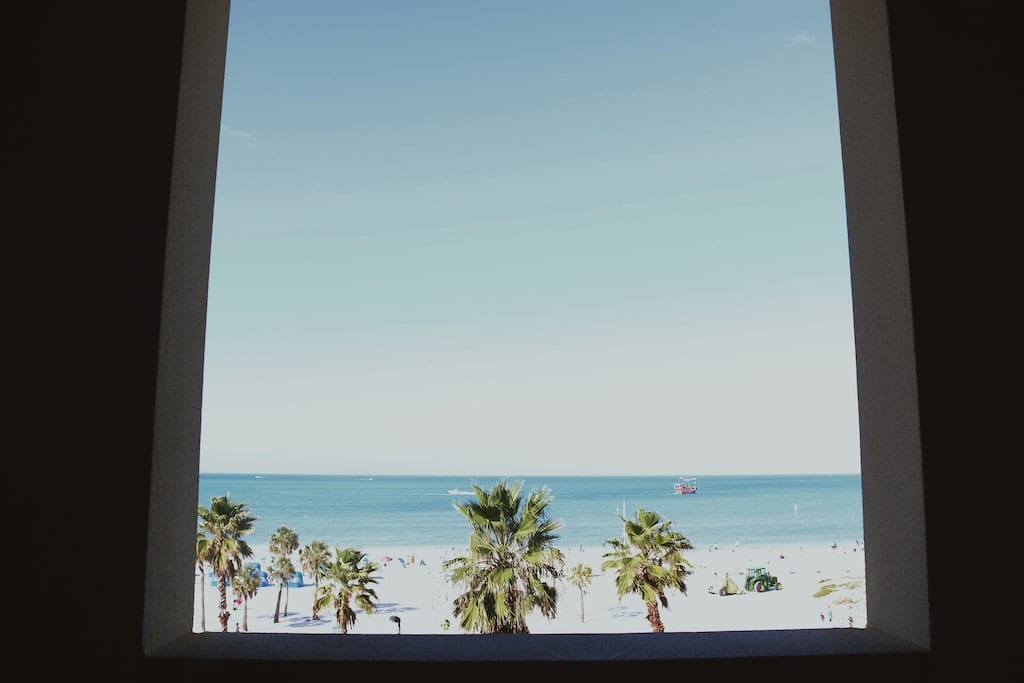All Categories
Featured
Table of Contents
Benefits Of Replacing Double Glazing Windows In The Summer in Daglish Western Australia
That window can send more solar heat in winter than in summer. A west-facing window on a summertime's afternoon has an angle of occurrence from near 0 approximately 30 with a big reliable location of solar radiation. A north-facing window, in summertime, has a high angle of occurrence and a low efficient area of solar radiation, so can transmit less heat than a west-facing one.

However you can quickly and easily enhance the thermal efficiency of your home by replacing your windows. This is one of the most efficient techniques of renovation to achieve improved thermal comfort. There are countless types of glass and frames to select from. Picking the ideal ones is necessary to enhancing the energy performance of your home.
Double Glazed Windows Sydney in Hillman Western Australia
There are various kinds of glass items to pick from. Single glazing uses a single pane of glass. Single glazing with clear glass is not very effective when it concerns heat loss or gain. To enhance performance, you can use single glazing with a more energy-efficient type of glass such as low emissivity (low-e) glass.
Several layers can be put together with sealed cavities between each sheet of glass. IGUs generally provide much better energy efficiency than single glazing, since they send less energy. The energy efficiency of IGUs also depends on: the homes of each layer of glass. Different glass types (for example, clear and low-e glass) can be assembled in an IGU.
The Best Double Glazing Companies In Canberra in Stirling WA

IGU cavities can be filled with air or a more inert, low-conductivity gas such as argon the width of the cavity. Wider cavities supply lower (better) U values, with 12mm usually accepted as the preferred space how well the cavity is sealed.
If argon is set up to the cavity in location of air, moisture is dependably excluded the level of desiccant (drying agent). The spacer (metal or polymer strip) that separates the glass layers includes a desiccant to absorb any moisture. Inadequate desiccant might cause wetness to condense on the glass surface area in cold conditions, reducing thermal efficiency.
Best Way To Block Sun Heat From Windows [Professionally] in Cooloongu Western Australia
In truth, IGUs can deliver better energy performance for all climates, especially in heated and air-conditioned houses. Cross-section detail of single, double and triple-glazing units Low emissivity glass (frequently referred to as low-e glass) reduces heat transfer. Low-e glass might be either high or low transmission: High transmission low-e glass has a finishing that allows daylight from the sun to pass into your house to achieve great solar heat gain, however lowers the quantity of the long wavelength infrared heat that can leave back through the window.
Low-e glass has either a pyrolytic finish or a vacuum-deposited thin film metal coating. Pyrolytic finishes are long lasting and can be utilized for any glazing; vacuum-deposited coverings are soft and are only utilized within IGUs. Low-e coverings can significantly improve both U value and SHGC; nevertheless, they need to be used correctly or they will either deteriorate or fail to perform as required.
Why Is Double Glazing So Important In Winter? in Bicton Perth
Low-e finishes can be utilized in mix with clear, toned or reflective glass. Low-e finishings on glazing can decrease heat transfer where required Image: Department of Market, Science, Energy and Resources Toned glass has colouring additives consisted of throughout manufacture. It is readily available in different colours, normally bronze, grey, blue and green.
Table of Contents
Latest Posts
Buy Double Glazed Upvc Sliding Doors In Sydney in Bertram Perth
Does Double Glazing Reduce The Heat In Brisbane's Summer? in Darlington Perth
Double Glazed Windows Sydney in Merriwa Western Australia
More
Latest Posts
Buy Double Glazed Upvc Sliding Doors In Sydney in Bertram Perth
Does Double Glazing Reduce The Heat In Brisbane's Summer? in Darlington Perth
Double Glazed Windows Sydney in Merriwa Western Australia